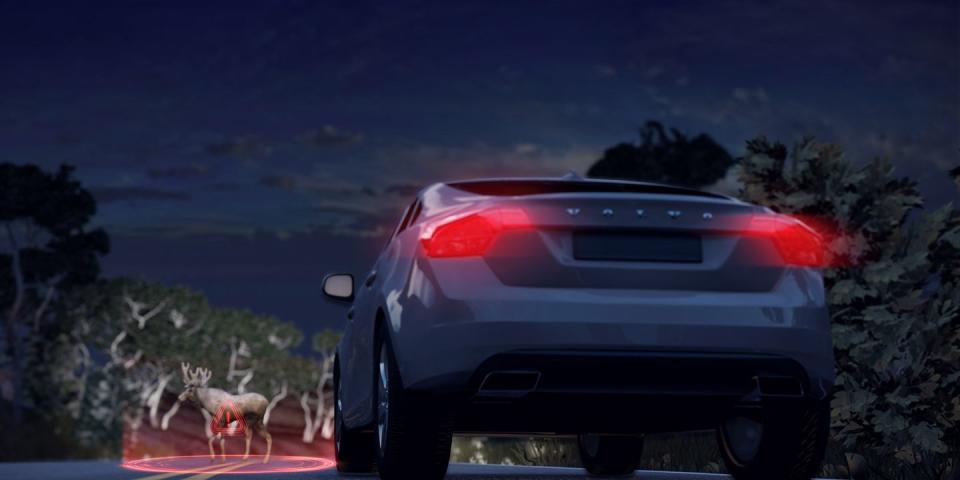Should Your Self-Driving Vehicle Brake for Animals?

From the August 2018 issue
Among the enormous challenges facing driverless-vehicle developers is how to program systems to recognize animals, which then poses the inevitable question: Should your computer-driven car brake for squirrels? Unfortunately, most manufacturers aren’t even asking that yet. When it comes to the calibration of today’s driver-assist systems, most engineers aren’t making the distinction between animals and any other object in the road, regardless of which combination of conventional cameras, thermal-imaging cameras, radar, and lidar they’re using to sense what’s up ahead. This is largely a pragmatic decision.
Classifying an object-determining whether it’s a dog, a human, or a cardboard box-takes longer than simply recognizing that something is there, consuming valuable milliseconds that could be spent avoiding it, says Ram Vasudevan, assistant professor in the department of mechanical engineering at the University of Michigan and co-director of the UM Ford Center for Autonomous Vehicles. A machine’s reaction time at 30 mph in an urban environment, according to Vasudevan, is about the same as a human being’s, but there’s more to consider: “In many instances, the reason that a human being would run into something is because he simply has not detected it in enough time. That’s not an issue for these autonomous vehicles.” To Vasudevan, then, the more significant question is, “Should the vehicle stop for every object that it doesn’t recognize?” Greg McGuire, lab director at Mcity, an urban test facility for automation technologies at the University of Michigan, thinks erring on the conservative side is the best move. Squirrels would agree.
('You Might Also Like',)

 Yahoo Autos
Yahoo Autos 